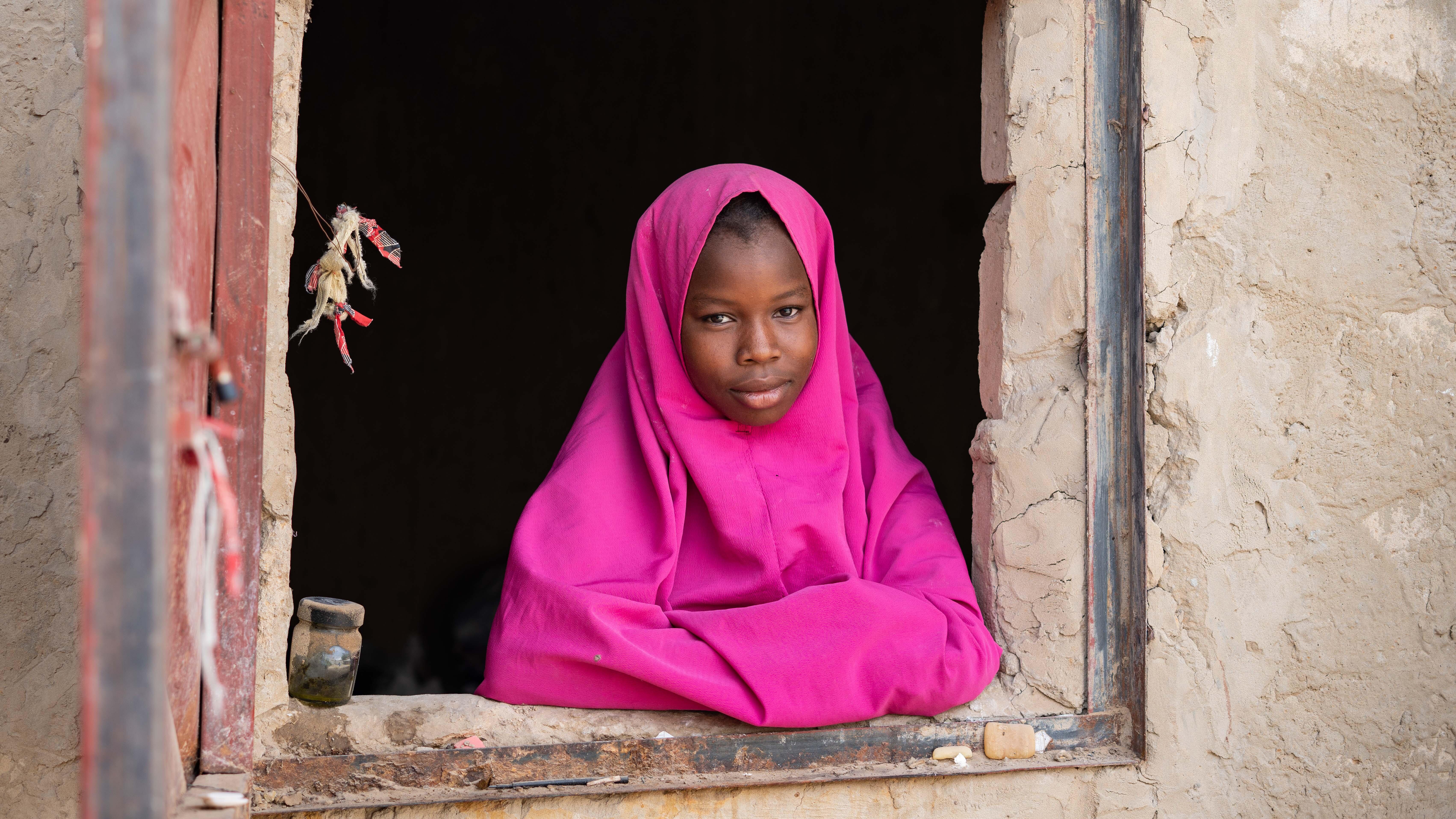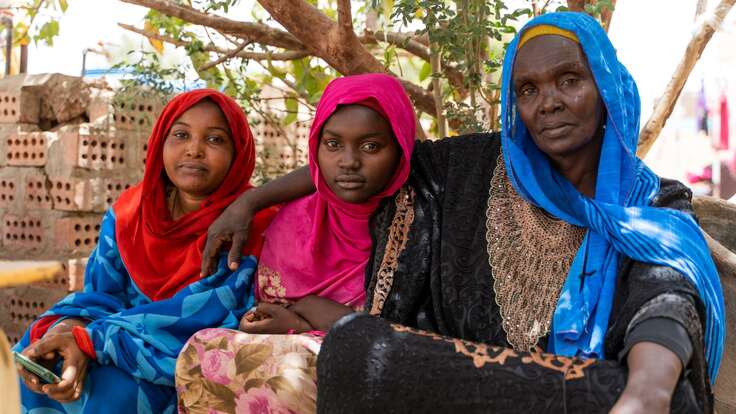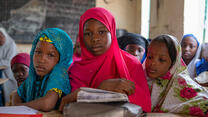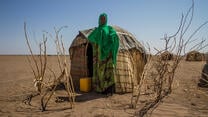Challenges to aid delivery in Niger continue
- Severe flooding has impacted all eight regions of Niger, displacing over 140,000 people and causing over 40 deaths from July to mid-September 2023.
- More than 2 million children in the country require humanitarian assistance, with 1.5 million children under 5 suffering from malnutrition, including 430,000 with the deadliest form. Food insecurity is being exacerbated by rising food prices and economic challenges.
- The IRC is facing barriers to humanitarian access and is calling for support to deliver essential assistance to vulnerable communities affected by the food crisis and flooding.
Country facts
- Total population: 17 million
- People displaced by crisis: 291,000
- Rank in Human Development Index: 188 of 188
IRC response
- Started work in Niger: 2013
Niger, a landlocked country in West Africa, is prone to political instability, chronic food insecurity and natural disaster. The IRC helps vulnerable Nigeriens meet urgent needs and provides support to refugees in neighboring countries and migrants in the desert.
Since the 1980s, Niger has been ranked at the bottom of the Human Development Index. With one of the highest fertility rates placing chronic strain on basic services, the country is plagued by insecurity, disease outbreaks, and violence against women. Frequent droughts and floods leave farmers struggling to feed millions.
In addition to these challenges, Niger regularly absorbs influxes of refugees from neighboring countries, including Mali and Nigeria. Almost 250,000 people driven from their homes by the militant group Boko Haram now live in makeshift camps in Niger's Diffa region, and 42,000 people are displaced in the Tillaberi region following security incidents along the border. Niger is also West Africa’s hub for people on the move toward North Africa and Europe.
As violence spreads, people are forced to keep moving in search of safety and resources—some 2.3 million are in need, most struggling to survive without any help. Fewer than 5 percent of refugees live in camps; most reside with host families or in dangerous shelters, where the delivery of aid is not consistent. Food and water supplies are dwindling. Malnutrition remains a chronic issue and many children have no access to education.
Migrants are forced to take longer and more dangerous routes. In Niger, they are in need of better access to health services, food and water. Survivors of human-rights violations are in need of safe spaces to receive medical, psychosocial and judicial support.
Niger’s capacity is stretched and requires urgent support.
We first began assisting Nigeriens in 2013, providing emergency and protection assistance to refugees and returning Nigeriens. Today, the IRC continues to work with local communities and support those in need.
Currently, we are focusing our efforts in the Diffa, Tillaberi and Agadez regions by:
• providing rapid-response emergency relief for displaced Nigeriens and Nigerian refugees;
• providing cash transfers, food vouchers and agricultural support to vulnerable families;
• providing essential equipment and medicine to local health care centers;
• digging wells to irrigate crops;
• screening and treating severely malnourished children and offering training in nutrition and hygiene;
• ensuring the welfare of refugees and migrants through child protection and prevention of violence against women.
Download the IRC's Niger strategy action plan to learn more about our programme priorities through 2020.



